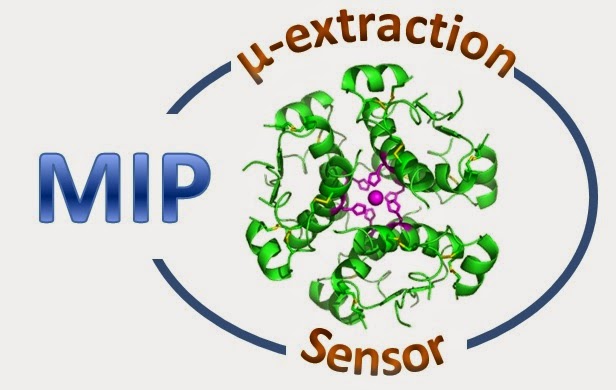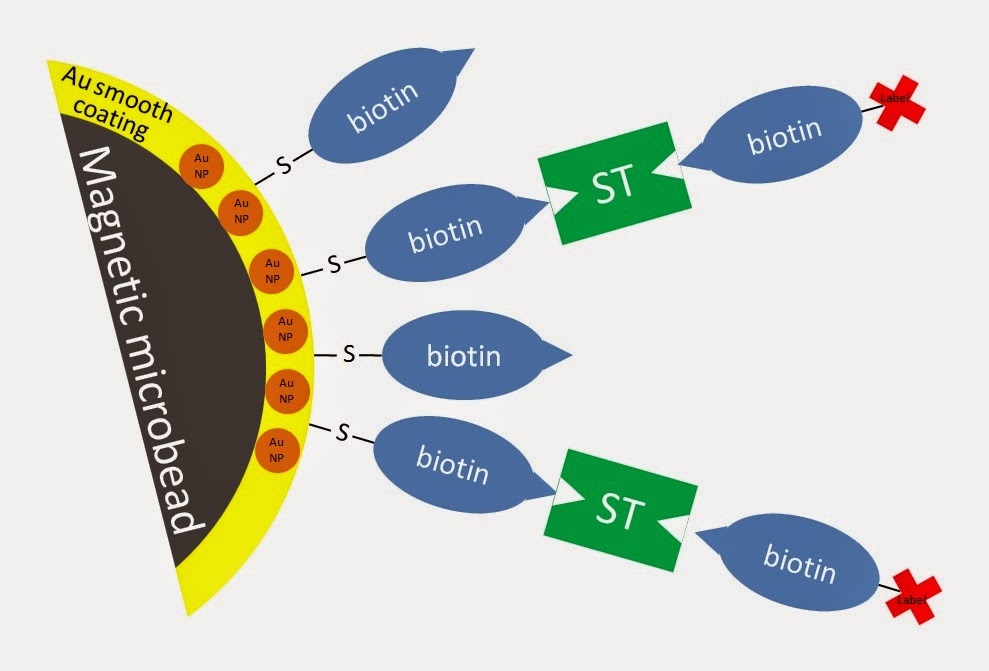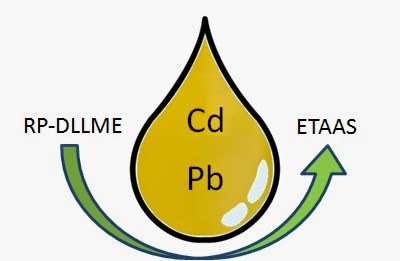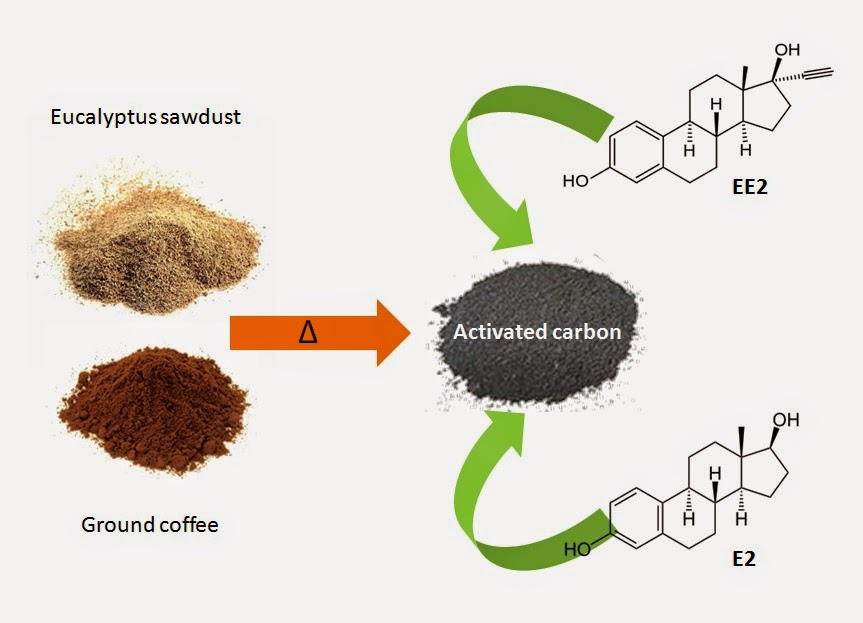Read all posts from May 2014
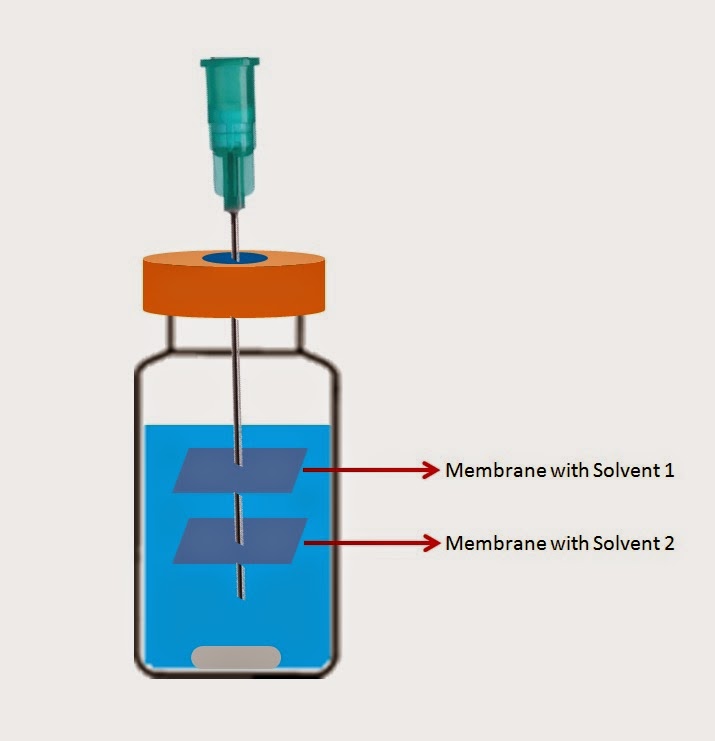
Simultaneous liquid phase microextraction with multiple solvents In a recent article published in Analytical Methods, researchers from the Shanxi Medical University at China have presented a novel microextraction approach for the determination of flavanoids and anthraquinones from traditional Chinese herbs. The authors use two different organic solvents placed in two filter membranes as extraction device. The main advantage of the so-called multiple-solvent simultaneous microextraction (MSSME) are the wide exchange surface and the selective extraction provided by the organic solvents used. (Read more) Agro-industrial wastes as precursors for adsorbent synthesis Microextraction techniques can be considered within the Green Chemistry framework as they reduce the amount of materials and organic solvents required for the development of an analytical methodology. This green character is more marked when the microextraction technique is employed to the resolution of an
